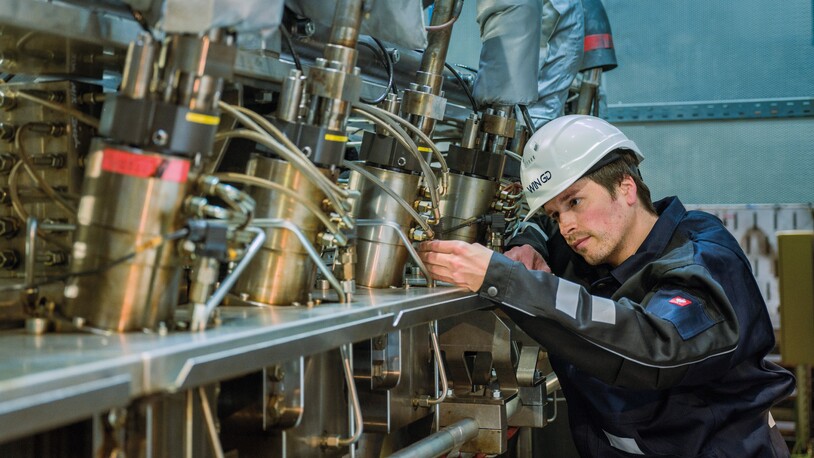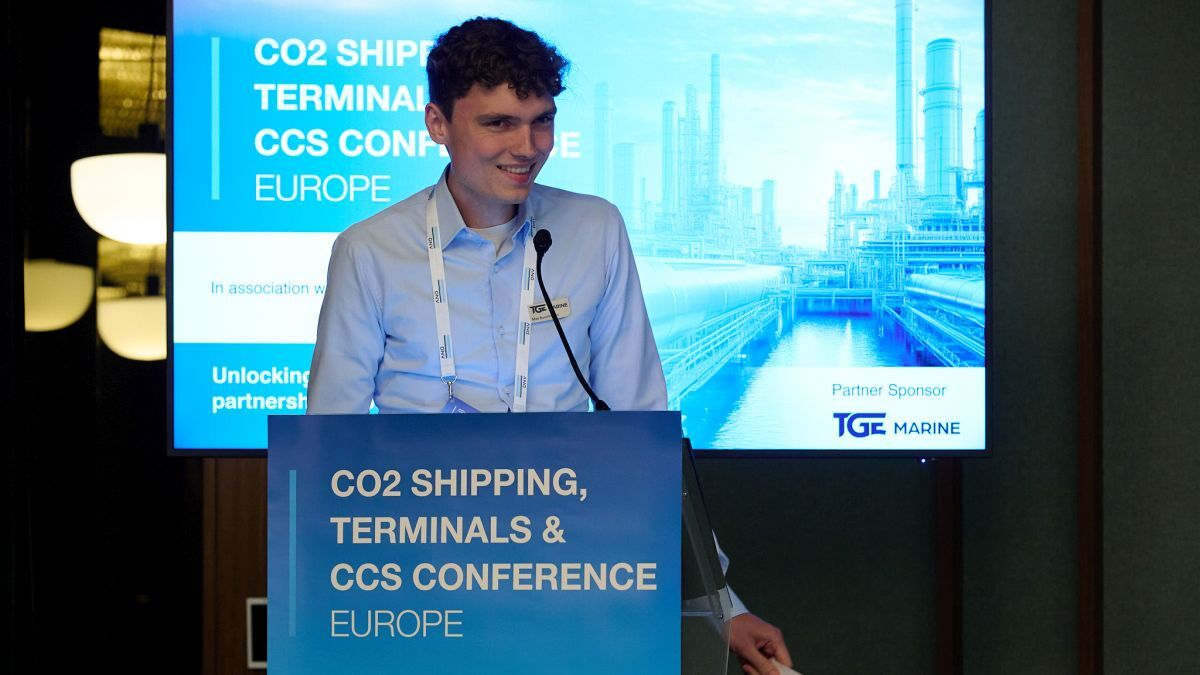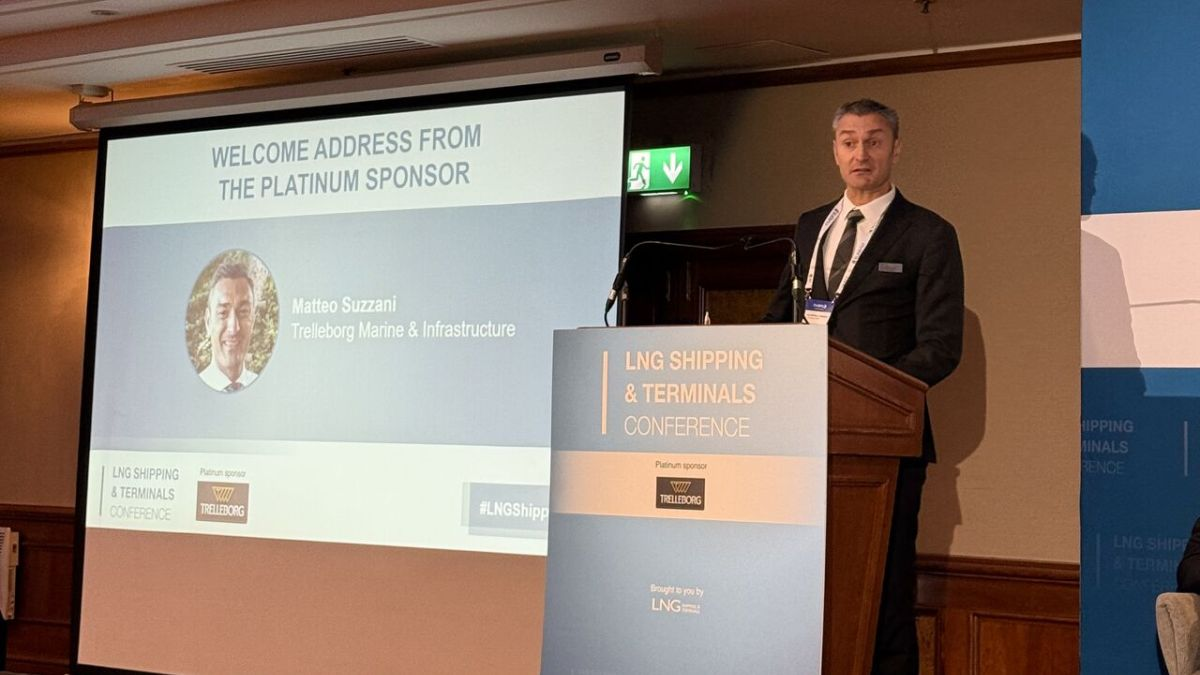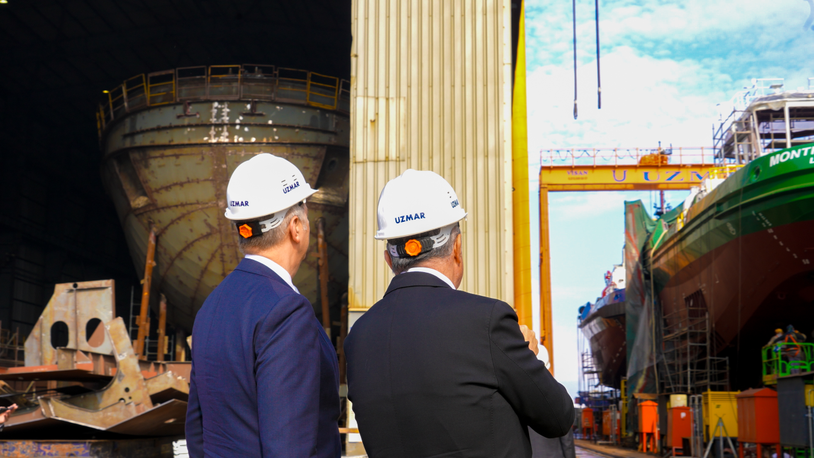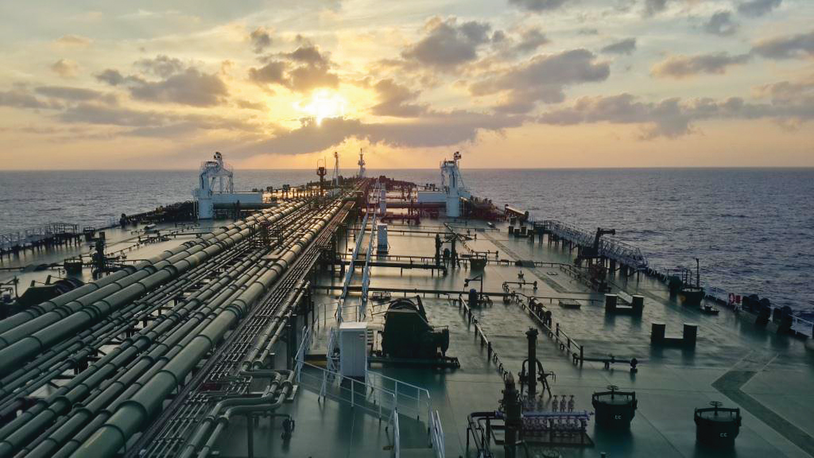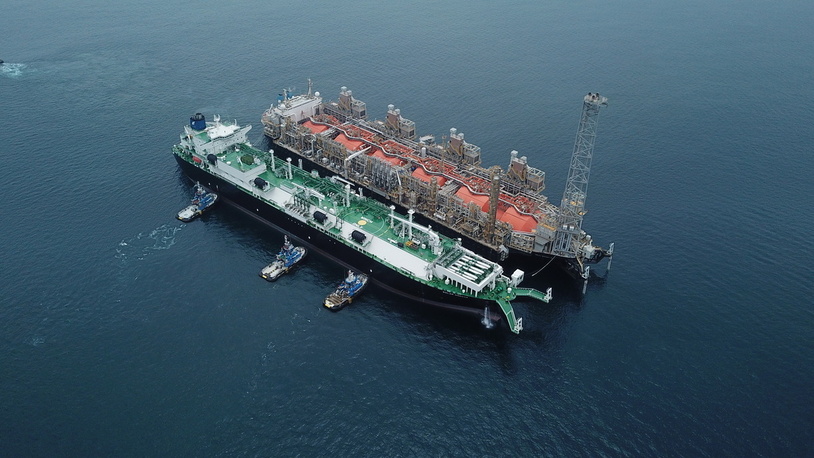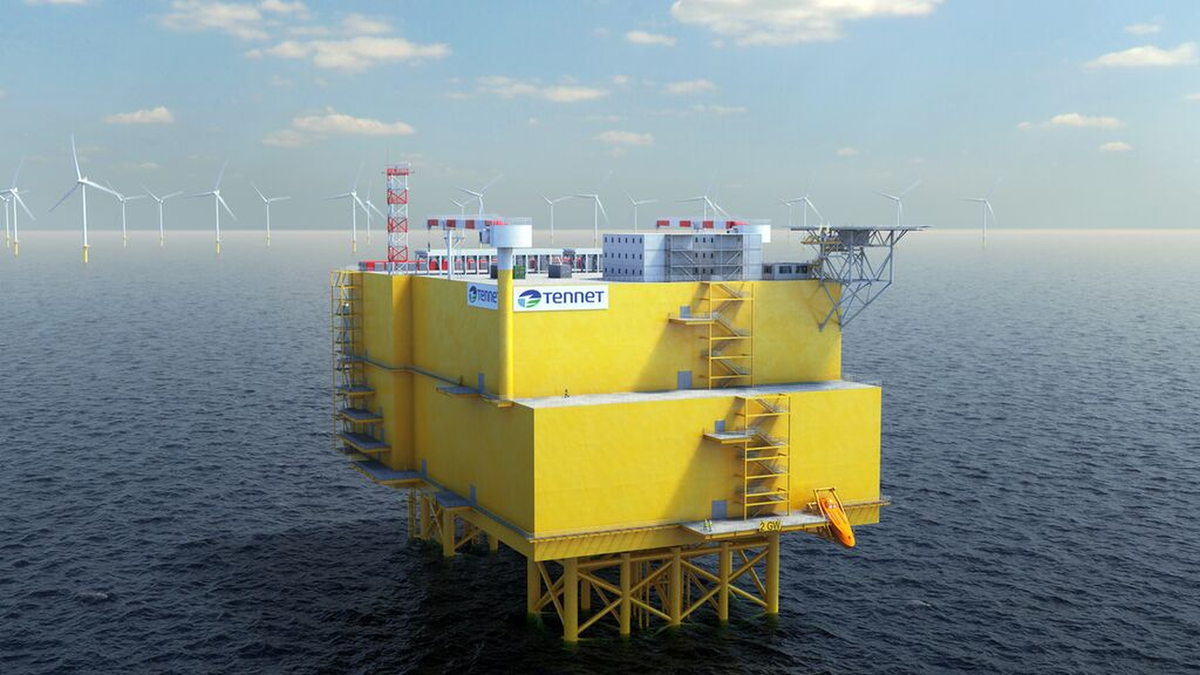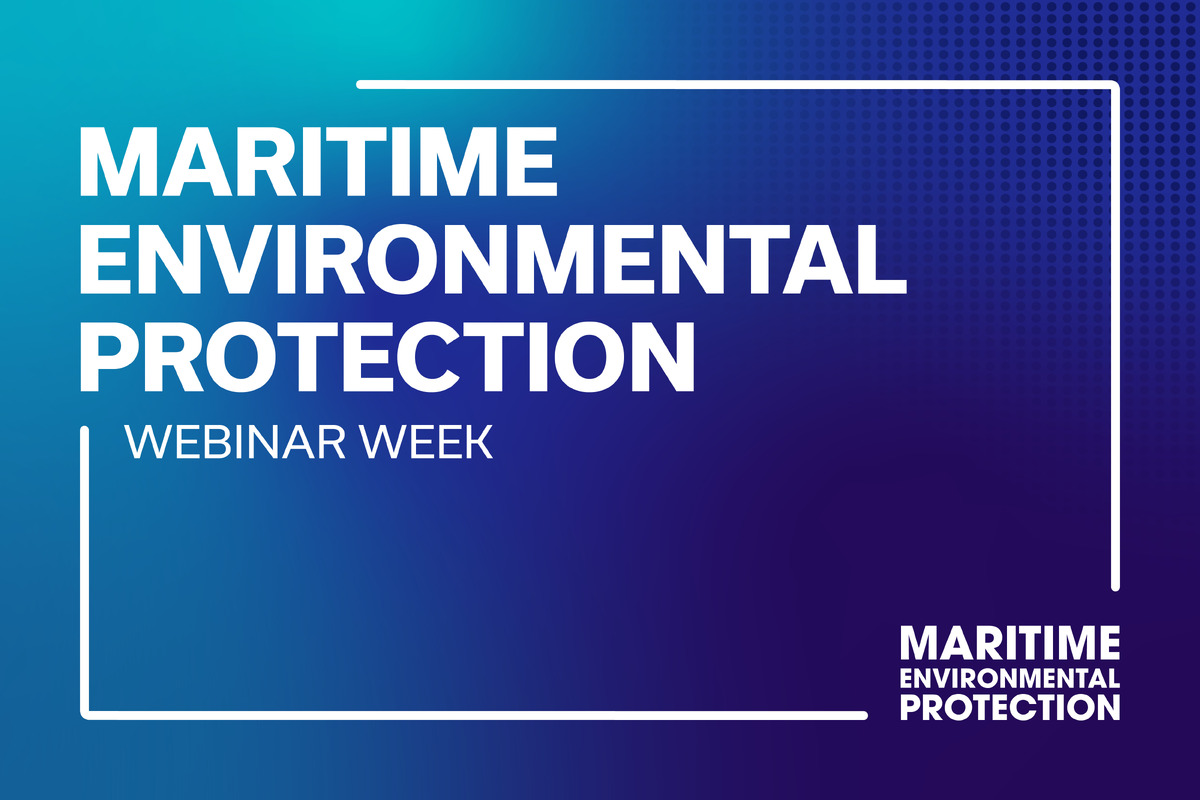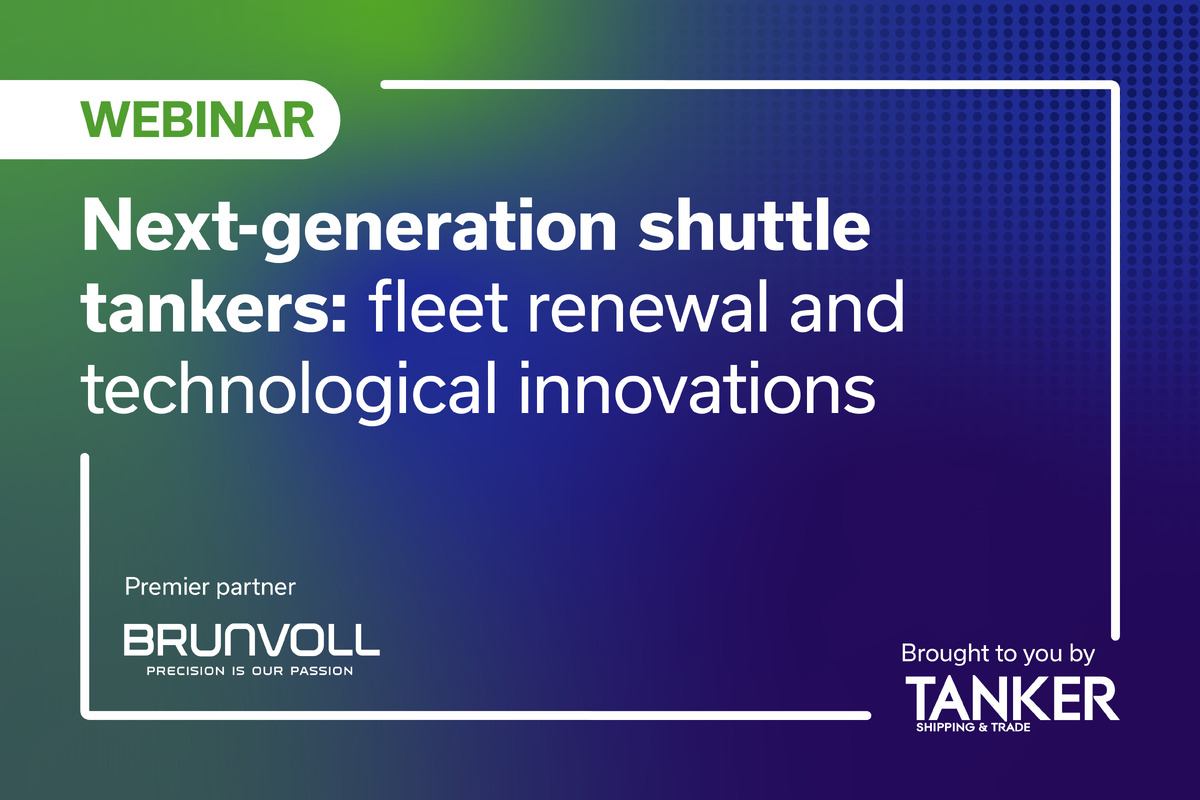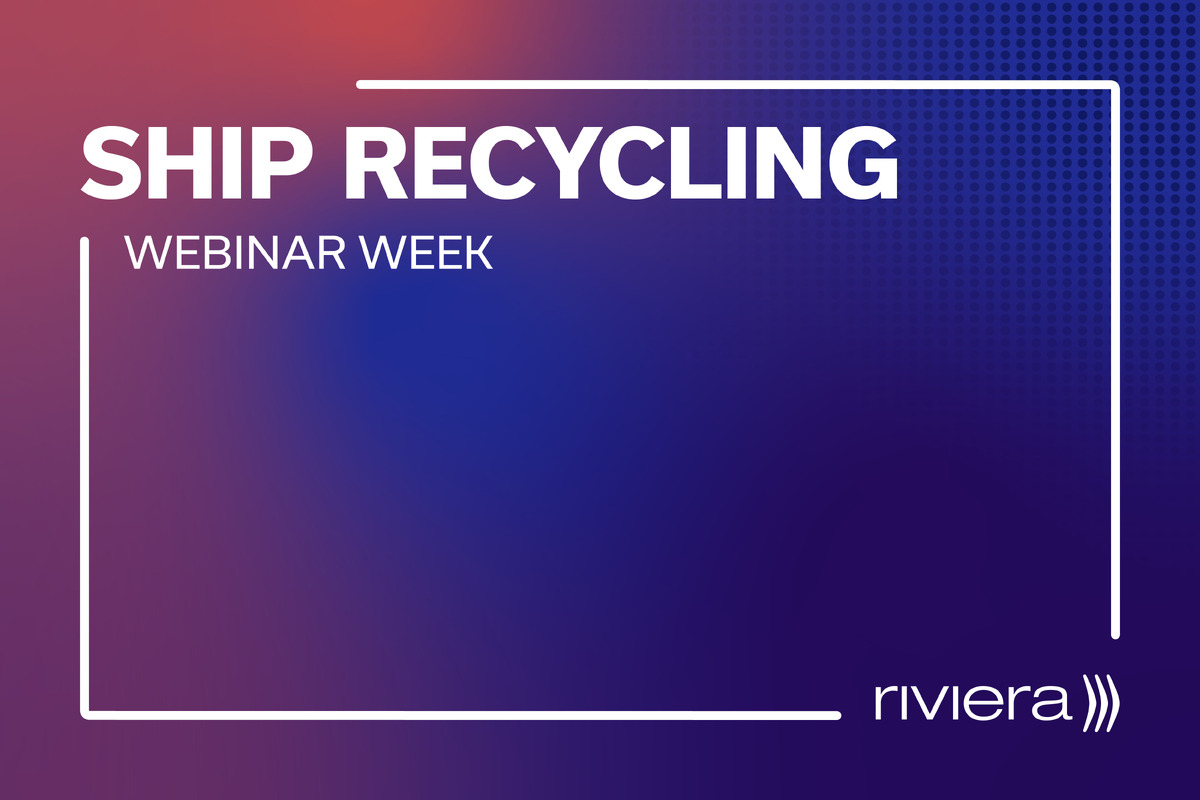Business Sectors
Events
Marine Coatings Webinar Week
Contents
Register to read more articles.
Brazil’s offshore example for the US
Investments in offshore oil and gas E&P are spurring significant opportunities for OSV owners, marine contractors, drilling companies, ship designers, suppliers and technology companies in Brazil.
This was evident at the Offshore Technology Conference (OTC) 2025 in Houston in early May, where attendees packed conference sessions highlighting offshore oil and gas activity in Brazil and jockeyed for positions at the country’s crowded national pavilion.
The country’s ambitious plans start with offshore oil and gas production from ultra-deepwater fields, underpinned by floating production, storage and offloading (FPSO) units.
Brazil has about 68 FPSOs in operation, about 40% of which are owned by state oil company Petrobras. The Brazilian oil major plans to add at least six more to its ownership by 2029. The first of these six units, FPSO Almirante Tamandaré, began production on 15 February in the Búzios field, in the pre-salt layer of the Santos Basin.
“The growth of the Brazilian naval industry is strategic to ensure the competitiveness of our projects”
Over the next five years, Petrobras has outlined spending US$77.3Bn in E&P — an increase of about 5% over previous goals. More than half of this capex will be spent on Brazil’s pre-salt basins, where oil and gas reserves are in water depths of 2,000 to 3,000 m.
Brazil’s buoyant market is luring assets from the North Sea. Recent examples highlighted by brokers are long-term contracts inked by Petrobras for the anchor-handling tug supply vessels (AHTSs) Skandi Jupiter, Skandi Mercury, and Normand Ferking that will tie them for three years starting in Q2 or Q3 2025. Look for more OSVs to take the road to Rio.
The Brazilian oil major continues to tender for multiple types of OSVs to meet its offshore oil and gas logistics needs for 2025-2029. Multiple tenders have been issued for ROV support vessels, AHTS vessels, platform supply vessels (PSVs), and shallow draught dive support vessels.
In December 2024, Petrobras president and chief executive, Magda Chambriard, announced contracts worth R$16.5Bn (US$2.7Bn) with BRAM Offshore and Starnav Serviços Marítimos for the construction and chartering of 12 PSVs. Of the total value of the contracts, R$5.2Bn (US$856M) is earmarked for investments in shipbuilding in Brazil.
These vessels will be built with dual-fuel engine technology and batteries, making them capable of burning alternative fuels, providing them with fuel and operational flexibility and making them more energy efficient.
Just as important, such vessels provide local shipyards with an opportunity for series production to strengthen supply chains, lower production hours and increase the skill and experience of the domestic workforce.
All of which was highlighted by Petrobras director of engineering, technology and innovation, Renata Baruzzi, during a business roundtable held during OTC 2025. Speaking to an audience of about 200 representatives from shipyards, marine suppliers, engineering companies, and vessel operators, Ms Baruzzi said: “The growth of the Brazilian naval industry is strategic to ensure the competitiveness of our projects. We are committed to increasing demand predictability, strengthening the local supplier base and encouraging partnerships with foreign companies, always focusing on excellence, innovation and socio-environmental responsibility.”
If the US was looking for a model to reinvigorate its domestic shipbuilding industry while supporting ‘American energy dominance’, then it should look at what its neighbour Brazil is doing.
Related to this Story
Events
Marine Coatings Webinar Week
Maritime Environmental Protection Webinar Week
Ship Recycling Webinar Week
© 2024 Riviera Maritime Media Ltd.

